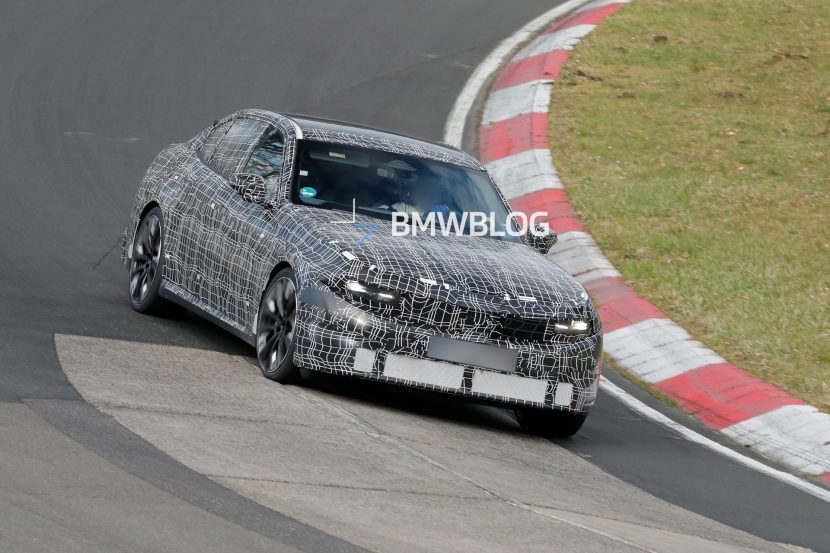New York City – Behind all the glamor and glitz, the three ring circus-like atmosphere (Beijing, London, New York), and the assembled multitudes of BMW heavy hitters at the reveal, there lies a remarkably good car – the BMW i3.
The BMW i3 is a testament to persistence, process, and precision. When BMW set out to define what it would take to build a production electric vehicle the decision was taken to build a BMW first and foremost.
The technical issues revealed themselves when it was decided that weight savings were paramount to delivering an electric vehicle that espoused BMW driving values.
The use of carbon fiber presented problems galore, yet BMW, and their suppliers, were persistent in resolving those issues. They had a process that allowed them to identify all of the variables that are impacted from one small adjustment to the production plan/procedures.
It is that dedication to process that has allowed BMW to precisely manufacture CFRP passenger cells, without which the i3 would not have been possible.
The i3 is purported to be profitable (as a standalone offering, it is not just profitable in the context of allowing other cars to be sold – with the i3 serving as a corporate MPG reducer). And in the US it will come in three trim levels and there is an optional range extender available.
The base model, the Mega, has a fairly comprehensive set of equipment. The step up model, the Giga, has additional refinements. The top of the line model, the Tera, has a further set of refinements beyond those of the Giga. The models are separated by interior details – the Giga being the most appealing to my eyes. But the drivetrain remains the same, a 170 HP electric motor with a 22 kWh battery pack delivering a range of 80 to 100 miles while still accelerating from 0 to 60 in around seven seconds.
The range extender will be optional – and it is used solely to keep a ‘floor’ charge state in the battery pack. BMWblog contributor, Tom Moloughney, explained it as providing on demand charging based on the current driving conditions.
The range extender itself is not a constant RPM motor, but rather will vary it’s output to meet the needs of maintaining a ‘charge floor’ for the battery pack. When the range extender is providing power to the battery pack the car does not enter a ‘limp home’ as some have speculated, rather it generates electricity to keep a floor charge state in the battery pack until the vehicle can be plugged in to the grid for recharging.
Given the open and airy interior, the innovative mono-volume exterior styling, and truly useful performance and range, BMW should have a hit on their hands with the new i3.















































































